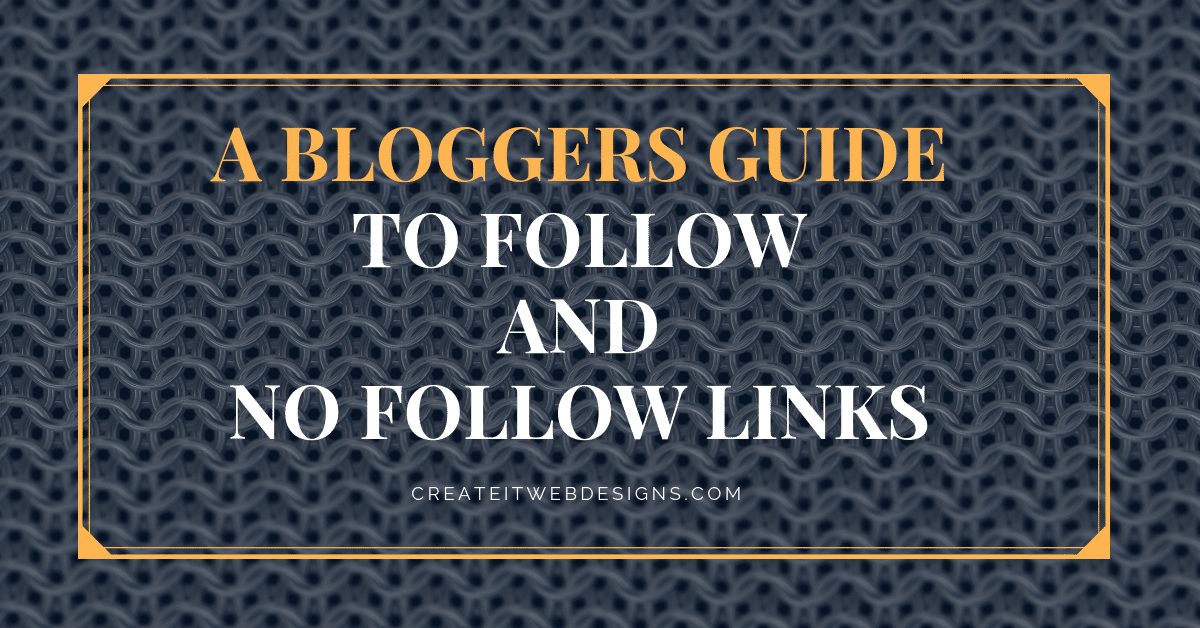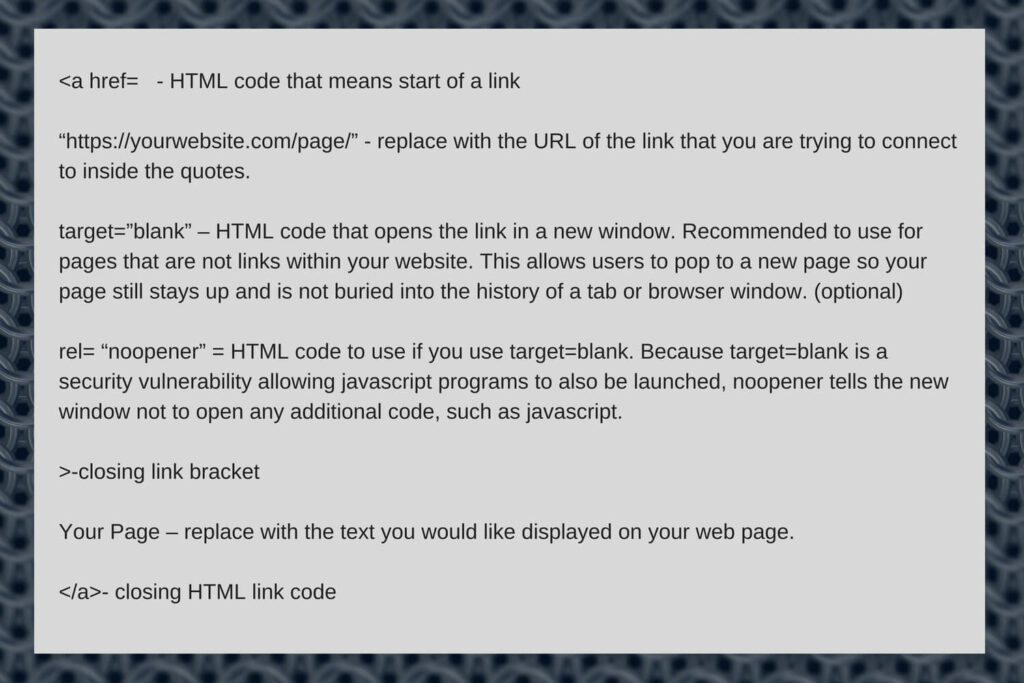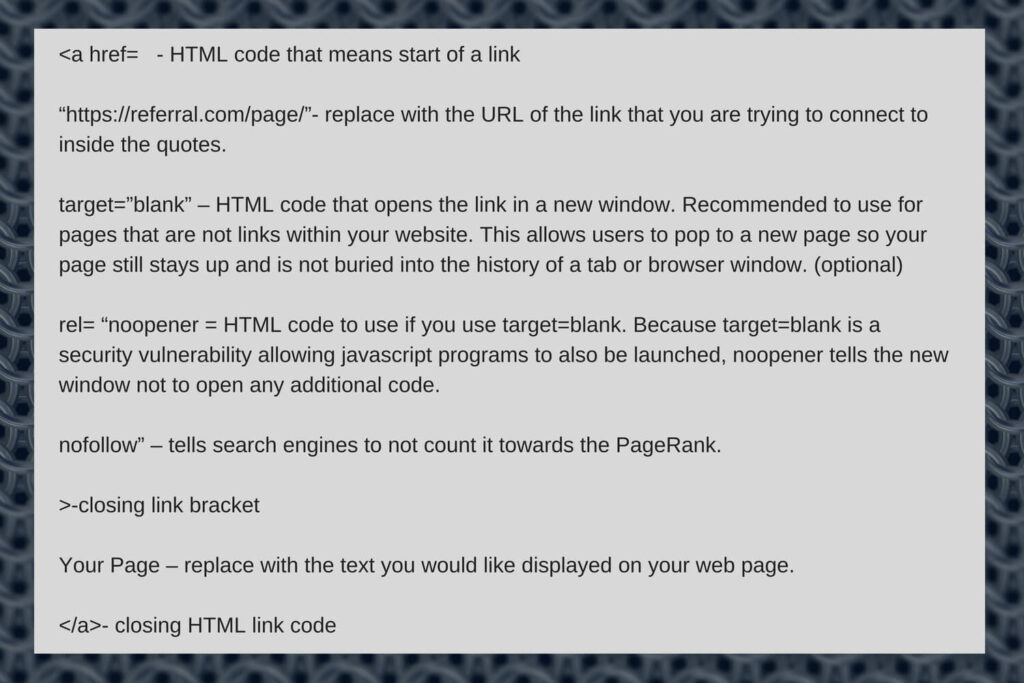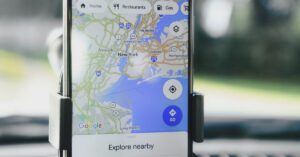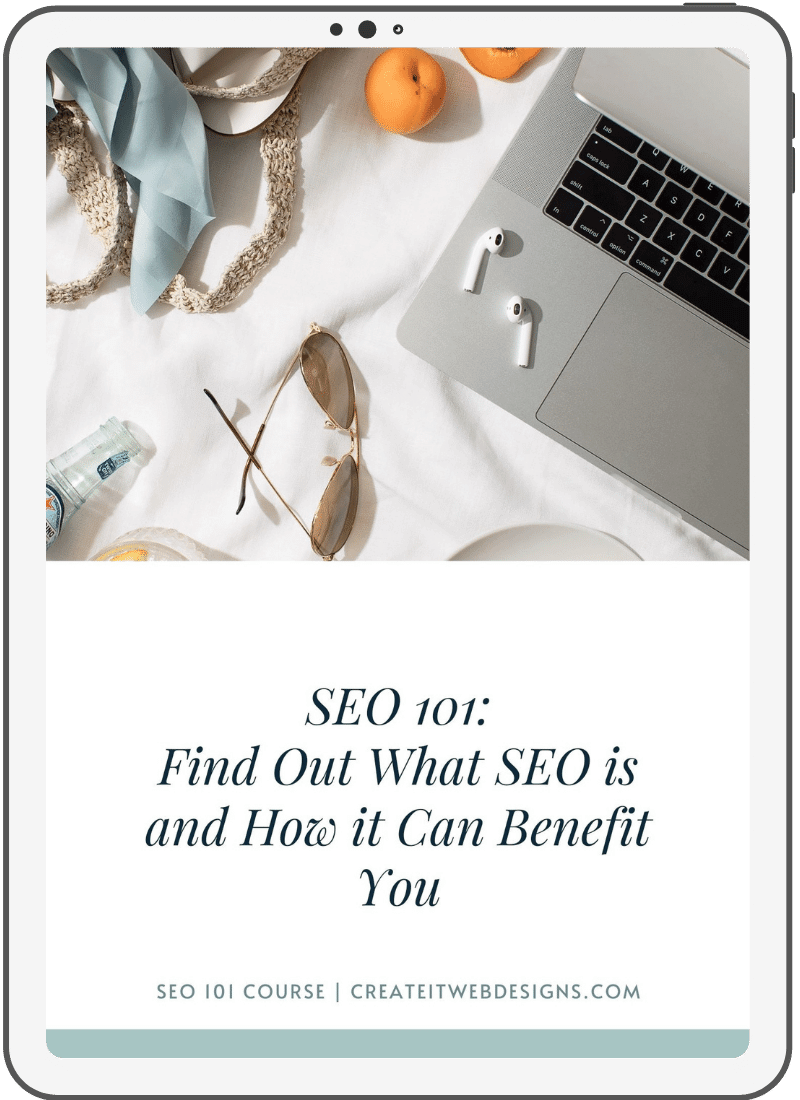Those new to SEO (Search Engine Optimization), such as bloggers, might be wondering what the fuss is all about in regards to FOLLOW vs. NO FOLLOW links. Confused? Not to worry, we are going to clear up the facts about html links and how to construct the perfect HTML links on your blog or website. Consider this article the bloggers guide to follow and no follow links.
What is a FOLLOW link?
To understand what is going on with FOLLOW and NO FOLLOW links, we need to provide some background about how most links work in regards to SEO (search engine optimization). When a website page gets an inbound link, which is link pointing to that page, that page gets a small SEO boost. Google takes notice, watching how many inbound links a page has and from what sites. If Google starts seeing a lot of links to a certain page, it considers the page of high value and counts it towards its PageRank. PageRank is the ranking system Google uses to keep track of the number of links a page receives. It gives that page preferential treatment over other pages and puts it higher on the search engine list.
A FOLLOW link is a link that counts towards SEO and helps boost a page in the rankings of the Google search.
What does a FOLLOW link look like?
<a href=”https://yourwebsite.com/page/” target=”_blank” rel=”noopener”>Your Page</a>
What is a NO FOLLOW link?
A NO FOLLOW link is a link that does not count in the page’s favor and does not boost the PageRank. The NO FOLLOW tag tells search engines to not count it towards the PageRank.
Why would I want any NO FOLLOW links? There’s a reason they were created. Keep reading below.
History Of The NO FOLLOW Link
Once it was discovered that an inbound link to a page increased the PageRank, the spammers came out and started listing their links to their pages everywhere. Wikipedia, which was previously thought of as a highly credible source, became spammed with links as people added their website to become references. Blog comments became a joke and were inundated with spam links and meaningless comments.
The NO FOLLOW link was created out of necessity. WordPress created an updated version that made blog comments all NO FOLLOW links automatically. Wikipedia had to do a big cleanup and all its references are now NO FOLLOW links.
Why Should I Bother With No Follow Links?
You should definitely pay attention to what links you mark as FOLLOW and NO FOLLOW. Just because a link does not add to your PageRank, doesn’t mean it is worthless. NO FOLLOW links still provide valuable referral traffic.
A well-placed blog comment, NO FOLLOW or not, can send a huge amount of traffic to your site. That in turn can funnel down to leads and conversions.
Search engines such as Google are looking at more than 200 factors other than PageRank. Social signals like those from Twitter, Facebook, LinkedIn, and Instagram are valuable, despite being NO FOLLOW. The key is to build your brand. Don’t think of what links are good for just SEO, but instead what links are good for your business and brand. Links, NO FOLLOW or not, help build trust in your website, business, and brand.
When To Use NO FOLLOW Link
As a blogger or webmaster, you are wondering when do I use a NO FOLLOW link on my own website?
NO FOLLOW links fall into the category of:
- Paid links (such as sponsorships) – it wouldn’t be fair to buy PageRank!
- Affiliate Links
- A link you placed as a webmaster (for example, the web clients that I have a NO FOLLOW link to my website since I was the web developer).
- Comments
- Forums
- Social Media
Blog Comments, forums, and social media are all set to automatically be NO FOLLOW links, so you don’t need to be concerned you are putting in the NO FOLLOW attribute. What does make a difference is the links that you list on your website or that you add anywhere. If you are listing an affiliate anywhere or are paid to sponsor an article, then you need to list the link as NO FOLLOW.
If you are referencing a point you are making and have not been paid for the reference, then you want the link to be a FOLLOW link. Having a balance in your blog, article, or page is important and good for the SEO of your website.
What Does A NO FOLLOW Link Look Like?
<a href=”https://referral.com/page/” target=”_blank” rel=”noopener nofollow”>Referral</a>
What If I Don’t Put The Correct Links As NO FOLLOW?
You could be penalized by Google. If Google sees your entire webpage as FOLLOW links, you could be flagged as a spam website which would blacklist you from Google search engine or push you far back into the search results. It is best to play by the rules.
How to Get Follow Links?
We talked about the difference between FOLLOW and NO FOLLOW links and why they are important. But how do I get FOLLOW links in an honest way? First, create amazing and original content that gets shares and is linked to naturally. Searching for topics that are trending and writing articles about trending topics are a great way to gain additional readers. Create one of a kind content with your own research and surveys. Other approaches include guest blogging, especially on a site relevant to your own. This will help build referral traffic in addition to getting an SEO boost.
FOLLOW or NO FOLLOW: A Balance Of Both Is Best
Making sure your links are correct is an important part of SEO. Google wants to verify that you are not a spam or phishing site with lot of affiliate links. It is important to have a balance between FOLLOW and NO FOLLOW links. FOLLOW links may help with PageRank for SEO, but both need to be a part of your website strategy.
What is your strategy? Please comment below.

